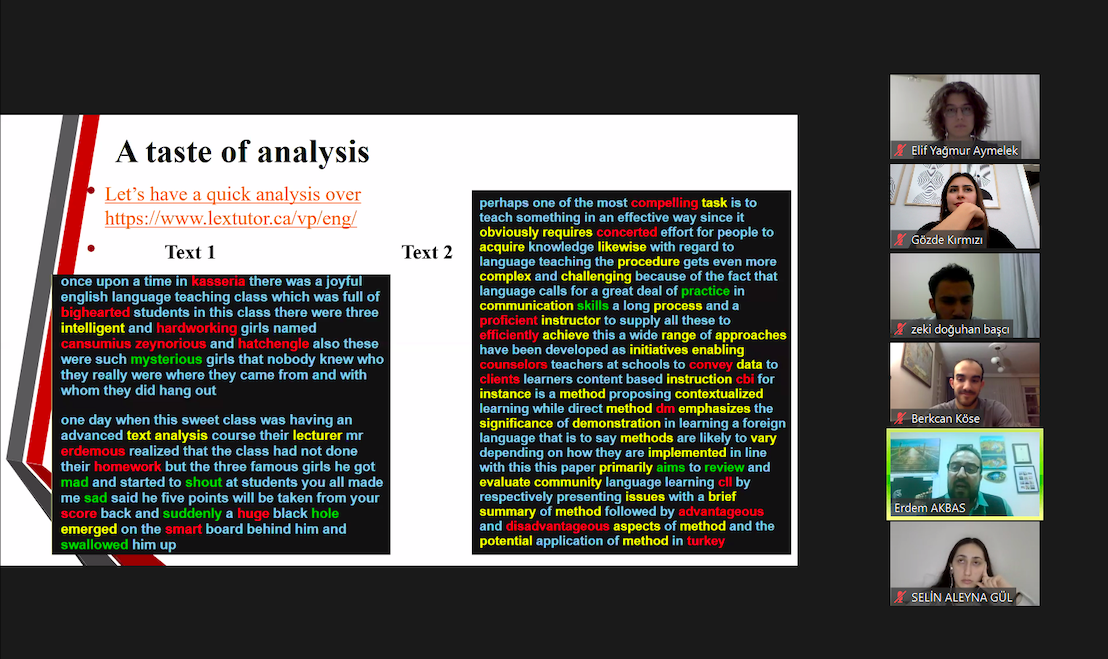METU FLE ELT Talks - Session 10 (Assoc. Prof. Dr. Erdem Akbaş)
You can click here to access the meeting links and notes through the flyer designed by Assoc. Prof. Dr. Erdem Akbaş.
Session notes:
When the idea of publishing an article comes to mind, many immediately think of the process as “challenging, demanding, and complex.” However, in our 10th session of METU FLE ELT Talks, Prof. Dr. Erdem Akbaş was with us to demonstrate that although it is not easy, it is not impossible! So, let’s learn more about how an article publication process works:
A published article is not merely a written product of a scientific study. In fact, there are a variety of purposes and reasons for the question, “Why do we need publications?” It is an indicator of productivity, provides academic recognition, and, most importantly, gives an incredible opportunity to produce and share the knowledge one possesses; it paves the way to lead and inspire others. For these reasons, articles can be seen as marks you leave on the academic world. So, in the end, would you like to “Publish or Perish?”
Since language is our key factor here, Akbaş mentioned critical aspects to be aware of about the importance of using language academically. The genre and the language carry significant value through their dynamic relationship and their influence on each other. In short, you need to be familiar with academic words!
While Kevin Burke says, “Every article eventually gets published…” Akbaş adds to this by highlighting the value of the research as well: “A poor or careless research effort is destined to disappear before it even sees the light of the day (perhaps even before it is written!).” Therefore, even the abstract and the keywords need the necessary effort, as one of his most extensive warnings was to take your time, use various sources, and do not copy-paste!
As Akbaş explained with his illustration, the publication process can be seen as a road. It starts with research and proofreading, then moves on to choosing the right journal, followed by submission and editorial processes such as peer-reviewing. Finally, it ends with a published article that will perish or rise in academia.
Another important key point was choosing the right journal for your article. “It took me six years to publish an article I have written with a colleague,” Akbaş said. “You can even finish a PhD degree in that time! Be ready for long processes and witnessing unexpected unprofessionalism.”
He emphasized that although it can take a long time, do not give up and continue searching for the right professional and comprehensive journal for your paper. Expect everything, including many rejections, but learn from the feedback you receive, trust your paper, and be patient! As for the epilogue, he mentioned, “If you are new to this world and at the beginning of your academic journey, do not be afraid. Reach out to others, and start slow, for instance, with a book review!”
To sum up, Akbaş showed how writing and publishing an article, despite all the hardships, can be handled quite nicely when you, as a student or someone already in the field, are ready to follow the road step by step.




